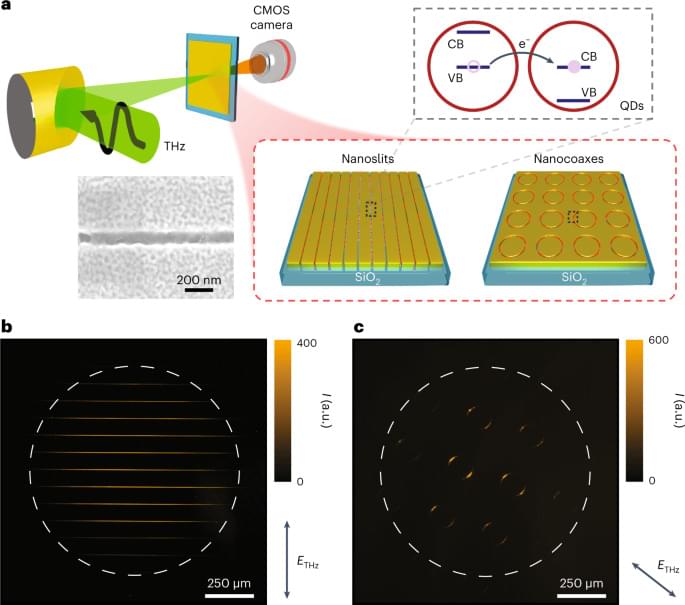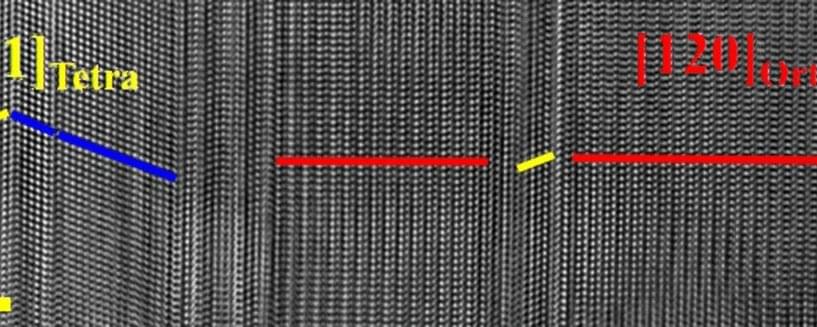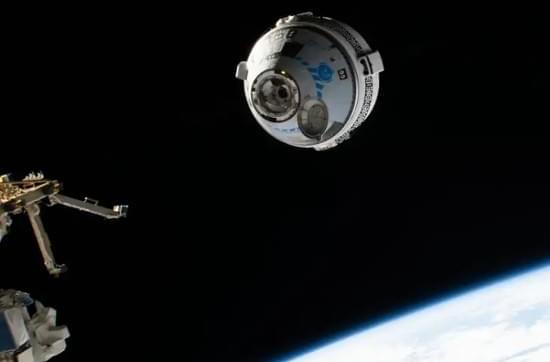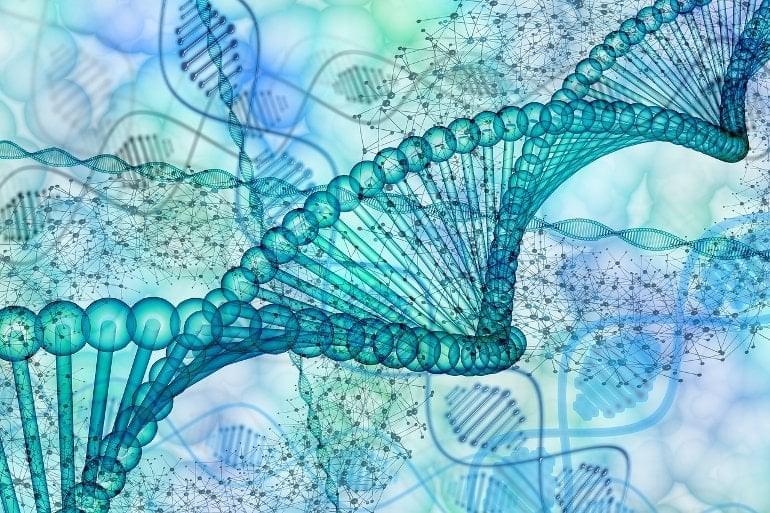Digital transformation has been positioned as a cure-all to many of the challenges today’s enterprises face. But to fully reap the benefits of a digital transformation, businesses need to do more than just adopt the latest tools and apps. They also have to change their attitudes, practices and processes around data and technology, throughout their own organization and in their interactions with partners and customers.
“Digital transformation requires a jump on the technology side, but it requires a leap on the people side,” says Bill Gundrey, executive director for digital engineering and operations at Raytheon Missiles & Defense. “At Raytheon, digital transformation is a team sport. It impacts every function in our company, as well as customers and suppliers. We had to change the way people think about data and technology.”







